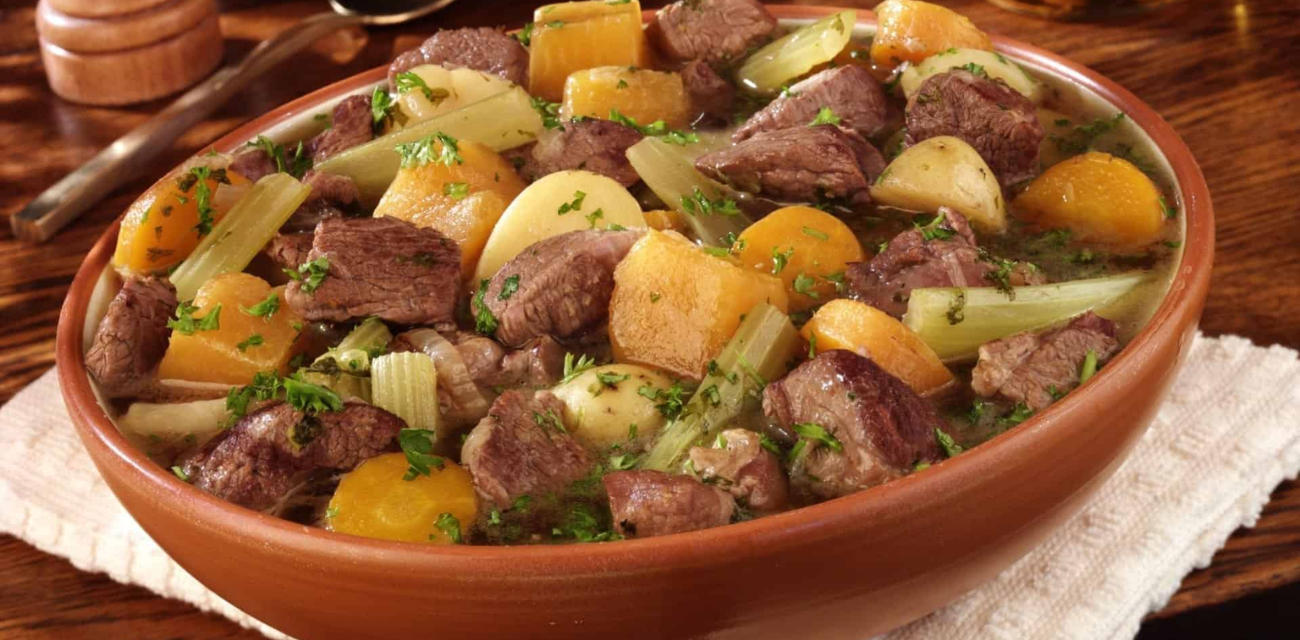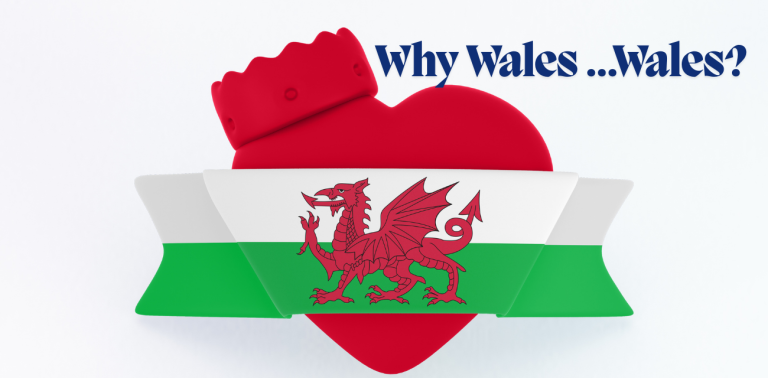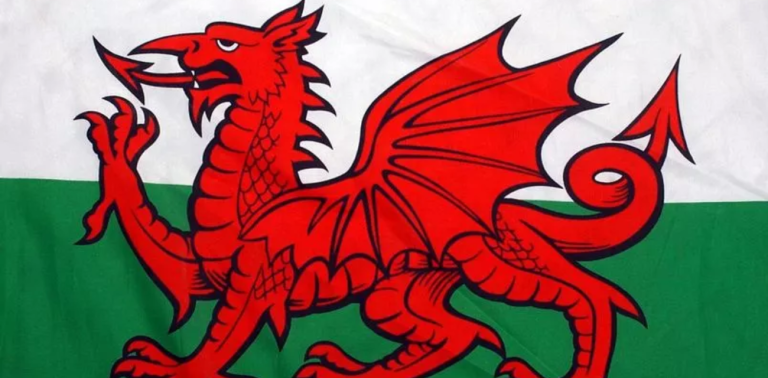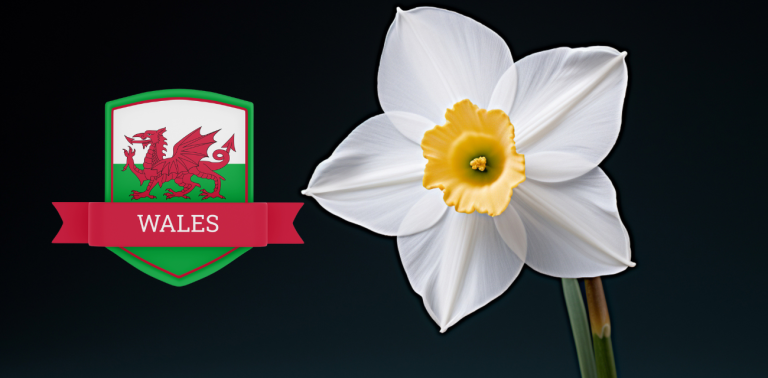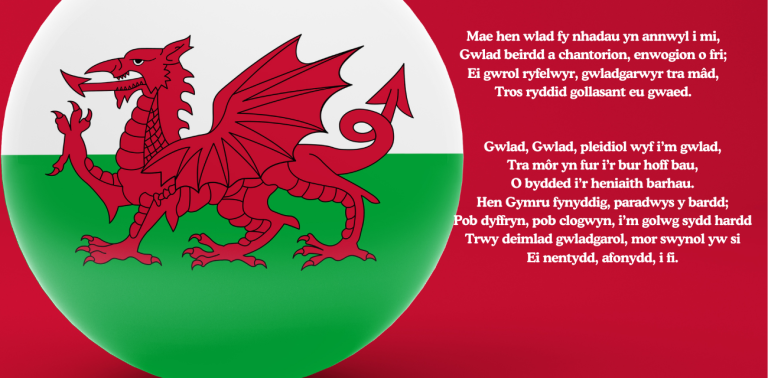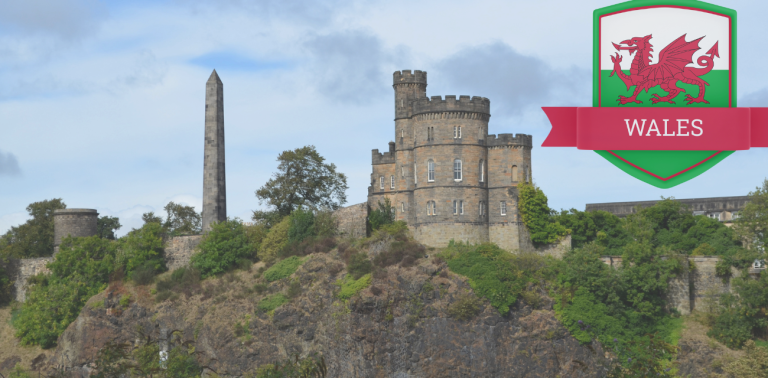Cawl: The National Food of Wales – A Hearty Tradition
Wales is a country rich in history, culture, and traditions, and its food reflects that perfectly. The national food of Wales is a traditional dish called Cawl. This hearty stew, typically made with lamb, vegetables, and herbs, has been enjoyed for centuries. It is more than just a meal; it represents the spirit of Welsh culture and heritage, a true symbol of comfort and community.
A Dish Rooted in History
Cawl dates back to the 11th century and is still as popular today as it was hundreds of years ago. The earliest recorded mention of this dish appeared in a Welsh cookbook in the 14th century, marking its place in the country’s culinary history. Recipes for Cawl have been passed down through generations, with some being as old as 300 years! These traditional recipes have stood the test of time, and even today, the dish is made in households across Wales.
What is Cawl?
The beauty of Cawl lies in its simplicity. It is a versatile dish that can be made using a variety of ingredients. Typically, Cawl consists of lamb, but other meats like beef or pork can also be used. Vegetables such as leeks (a Welsh staple), carrots, potatoes, and parsnips are common, but as many as 20 different vegetables can be added depending on what is available. The dish is slow-cooked over several hours, with some traditional recipes recommending a cooking time of up to 10-12 hours.
What makes Cawl special is its adaptability. Welsh families often make it using seasonal ingredients, making each version unique. It’s not just a one-time meal, either. Leftover ingredients are often repurposed to make Cawl, making it a sustainable and resourceful dish.
How It’s Enjoyed
Cawl is often served with bread, which is perfect for soaking up the delicious broth. It is typically enjoyed during the colder months, offering warmth and comfort on chilly days. In fact, it’s considered a staple of Welsh households, with approximately 50% of Welsh homes cooking Cawl regularly.
Despite its humble ingredients, Cawl is a highly nutritious dish. A single serving contains about 200 calories, but this can vary based on the ingredients used. With plenty of vegetables and lean meat, it’s packed with essential vitamins and minerals, making it both hearty and healthy.
Regional Variations
Like many traditional dishes, there are regional variations of Cawl across Wales. Different areas have developed their own versions of the dish, with some focusing on different meats or vegetables. In some regions, the broth is thicker, while in others, it’s lighter. These small differences make each version of Cawl a little piece of local Welsh culture.
Cultural Significance
Cawl isn’t just food; it’s a significant part of Welsh identity. It symbolises the resilience and adaptability of the Welsh people. During difficult times in history, when resources were scarce, Cawl became a way for families to use whatever they had to make a nutritious meal. Today, it continues to represent this ingenuity and resourcefulness.
According to Dr. Nia Griffith, a leading expert on Welsh food history, “Cawl is the heart and soul of Welsh cuisine.” This sentiment is echoed by Professor Gareth Williams, who says, “A good cawl is a testament to the richness of Welsh culture and heritage.”
As one of Wales’ most famous dishes, Cawl is enjoyed not only by locals but also by visitors who come to experience authentic Welsh cuisine. Its popularity continues to grow, with millions of servings consumed each year.
The Legacy of Cawl
What makes Cawl truly remarkable is its long history and lasting legacy. The ingredients used in the dish, such as leeks, have been cultivated for thousands of years in Wales, with some dating back to 1000s of years. This connection to the land is what makes Cawl such an important part of Welsh food culture.
Some recipes for Cawl have lasted over 100 years, passed down through generations, ensuring that this iconic dish continues to thrive. Its association with Welsh resilience and community is clear, as Dr. Ceri Jones explains,
“The aroma of a simmering cawl is a comforting and familiar scent.”
For many, Cawl is more than just a dish; it represents a way of life.
Dr. Emyr Jones describes it as “more than just a meal; it’s a way of life.” The importance of preserving these culinary traditions is highlighted by Dr. Ruth Watson, who says, “Cawl is a reminder of the importance of preserving our culinary traditions.”
Health Benefits of Cawl
Not only is Cawl comforting and culturally significant, but it is also a healthy option. With a balanced mix of protein from lamb and plenty of vegetables, Cawl offers a well-rounded meal that nourishes both the body and the soul. The vegetables provide important nutrients like vitamins A and C, as well as fibre, which promotes digestion.
According to food scientist Professor Gareth Williams, “Cawl is a dish that is both hearty and nutritious, packed with essential vitamins and minerals.” Its long cooking process allows the flavours to develop and deepen, making each spoonful a treat.
A Modern-Day Comfort Food
Though Cawl has ancient origins, it remains relevant today. With modern-day variations and quicker cooking methods, families can enjoy Cawl without spending hours in the kitchen. However, the essence of the dish – its simplicity, versatility, and connection to Welsh heritage – remains the same.
As Dr. Gwyneth Lewis puts it, “Cawl is a symbol of Welsh resilience and adaptability.” It is a dish that has stood the test of time, remaining a comforting and beloved meal in homes across Wales.
Conclusion
The national food of Wales, Cawl, is more than just a stew. It is a reflection of Welsh culture, history, and community spirit. From its 11th century origins to the millions of servings enjoyed today, Cawl continues to play a vital role in Welsh life. With its nutritious ingredients, warming flavours, and deep cultural roots, Cawl is a dish that truly embodies the heart of Wales.
As Professor Michael Symons says, “The taste of cawl is a sensory experience that transports you to the heart of Wales.” Whether you’re a local or a visitor, enjoying a bowl of Cawl is an experience that connects you to the rich heritage and welcoming warmth of Welsh culture.

